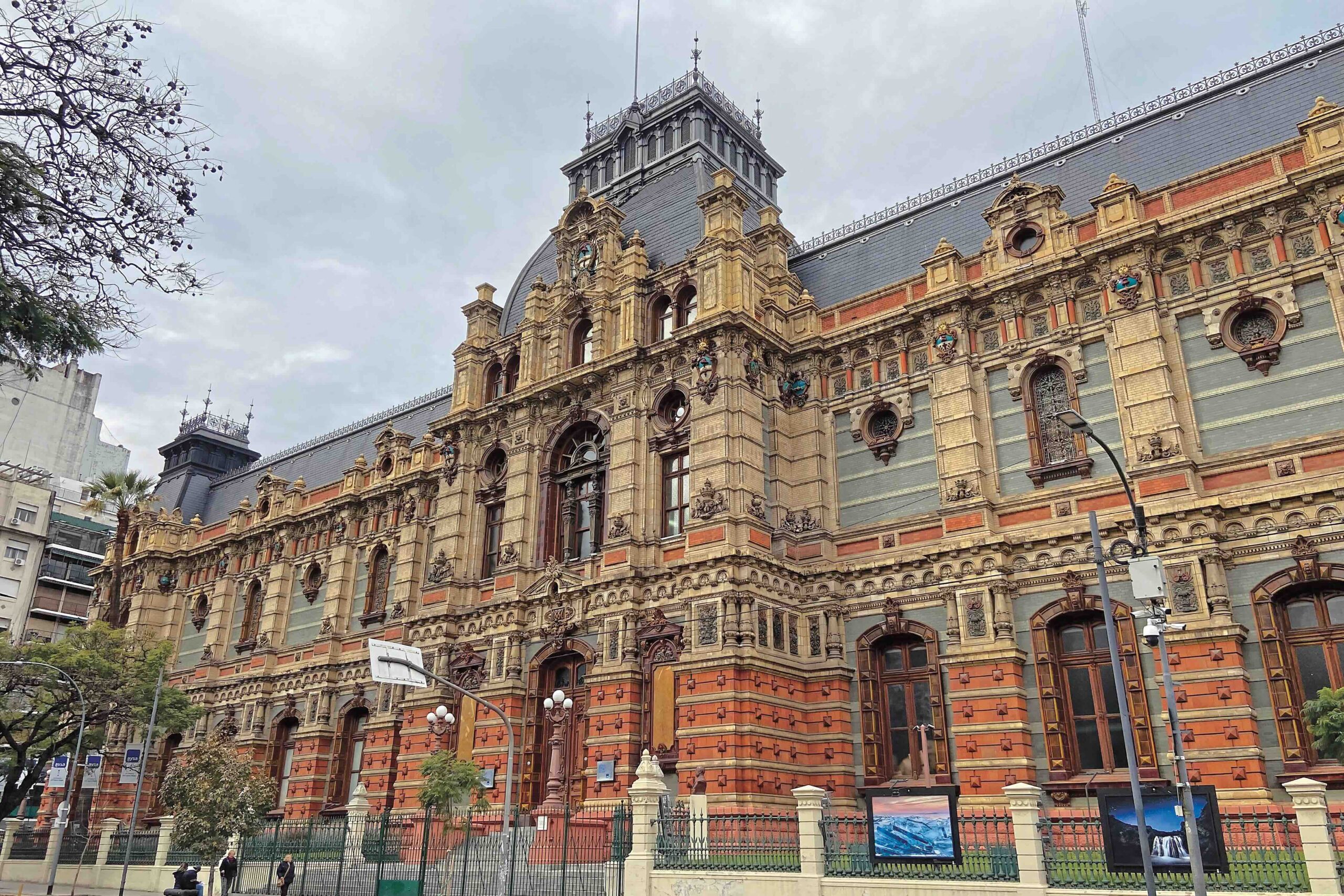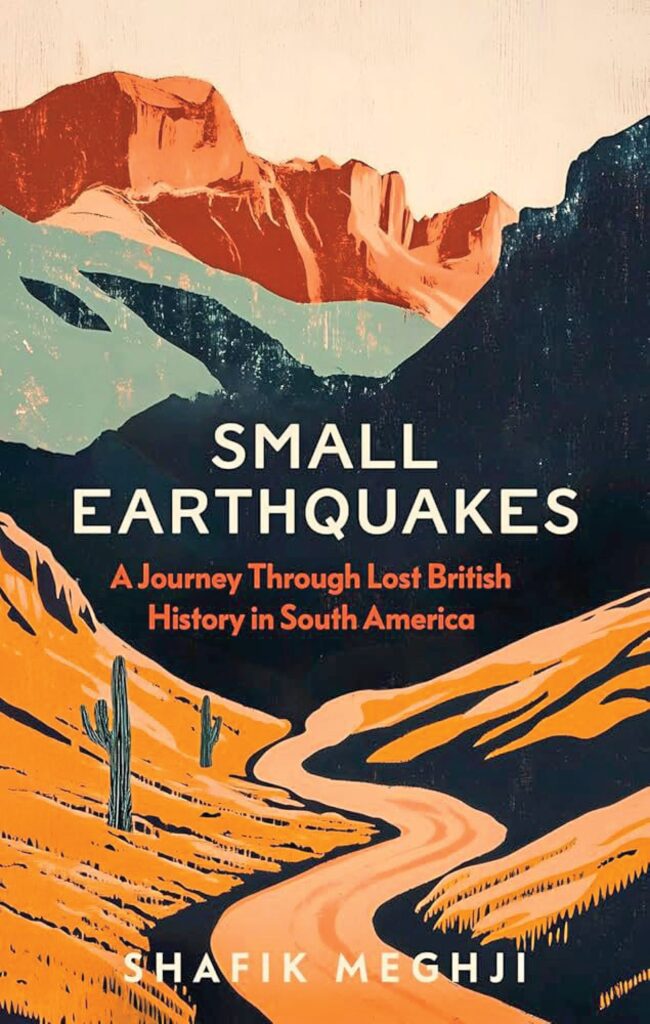This article is adapted from AQ’s special report on China and Latin America
One of the first things Shafik Meghji did before setting out to write Small Earthquakes was to consult with Andrew Graham-Yooll, an esteemed former editor of the English-language newspaper Buenos Aires Herald and the author of several superb books on South America.
In one of his works, the minor classic A State of Fear, Graham-Yooll writes that the region is “a continent which European writers have failed to explain and few Latin Americans have succeeded in interpreting.”
Meghji gives it a good shot in this breezy mix of history, travelogue and nature writing. The book’s subtitle is A Journey Through Lost British History in South America, and Meghji starts in Buenos Aires before branching out into Uruguay, Patagonia, the Falklands/Malvinas, Chile and the Easter Islands, before finishing up in the Atacama Desert.
The histories of those areas have been told many times before, and the tales of Spanish conquests, plus, more recently, American meddling, are well known. But the British influence has long been overlooked, in part because they bowed out in numbers at the start of the 20th century, but also because the British attitude to South America has long veered between patronizing and uninterested.
For a nation still more curious about its old colonies in North America, Australasia and the Indian subcontinent, South America is today, in Meghji’s words, “a distant place of little relevance.”
Meghji tries to explain the largely forgotten British influence in two ways. He delves into the history books and the stuffy old memoirs to remind readers how the British saw the continent during their time there, mostly in the 19th century.
More interestingly, he hits the road to see what remains, taking buses to skirt urban sand dunes, riding jeeps across barren moonscapes, and braving icy seas in boats and small craft. Along the way, he meets with anthropologists, linguists and historians, as well as the relatives of Victorian explorers, Welsh colonizers and Scottish engineers. There are evocative trips to slaughterhouses that employed whole towns, well-kept cemeteries and not-so-well-kept museums, and quaint tea rooms with Welsh names and exceedingly good cakes.
Every page has a juicy detail or anecdote, and Meghji strikes a nice balance between the crucial and the trivial. We learn how the import of guano fertilizer to the UK inadvertently led to the creation of London’s sewage system; that the first overseas branch of the Harrods department store was opened in Buenos Aires in 1914; and that Oxo stock cubes have their origins in Uruguay.
But there are also long sections on how the Brits terrorized Indigenous peoples and aided nations fighting for their own destiny. After a UK recruitment drive by Simón Bolívar, more than 6,000 crossed the Atlantic to join South American armies and navies and help them win independence wars. Thomas Cochrane, the Scottish politician who founded and commanded Chile’s first navy, is so revered there that Pablo Neruda wrote a collection of poetry about him.
At the time, British banks and insurers managed much of Latin America’s money, and it was the pound that helped finance railways, ports and sanitation infrastructure, some of which still exists today. One of Meghji’s first visits is to Buenos Aires’ “Palace of Running Waters,” a French Renaissance-style former pumping station he rates alongside the Casa Rosada, the home of Boca Juniors, and the famous Recoleta Cemetery in terms of memorable landmarks.
If there’s one drawback, it comes with the subtitle and the scope. Meghji’s journey is not through South America but the Southern Cone, so the northern half of the continent is missing. That’s a shame, because there is much worth writing about elsewhere, especially in Brazil.
British money was central to Brazil’s growth in the second half of the 19th century. Manaus’s glorious old opera house was built with iron from Glasgow foundries, and the Paranapiacaba railway junction on the edge of a cliff between São Paulo and Santos is an open-air museum to how British engineering changed the country. Arguably most important of all, Charles Miller arrived in Santos with a soccer ball in 1894, giving the world the beautiful game.
With the once bold British stories fading, and South America looking more and more to the Global South, it would make another great travel book. Volume 2, anyone?









